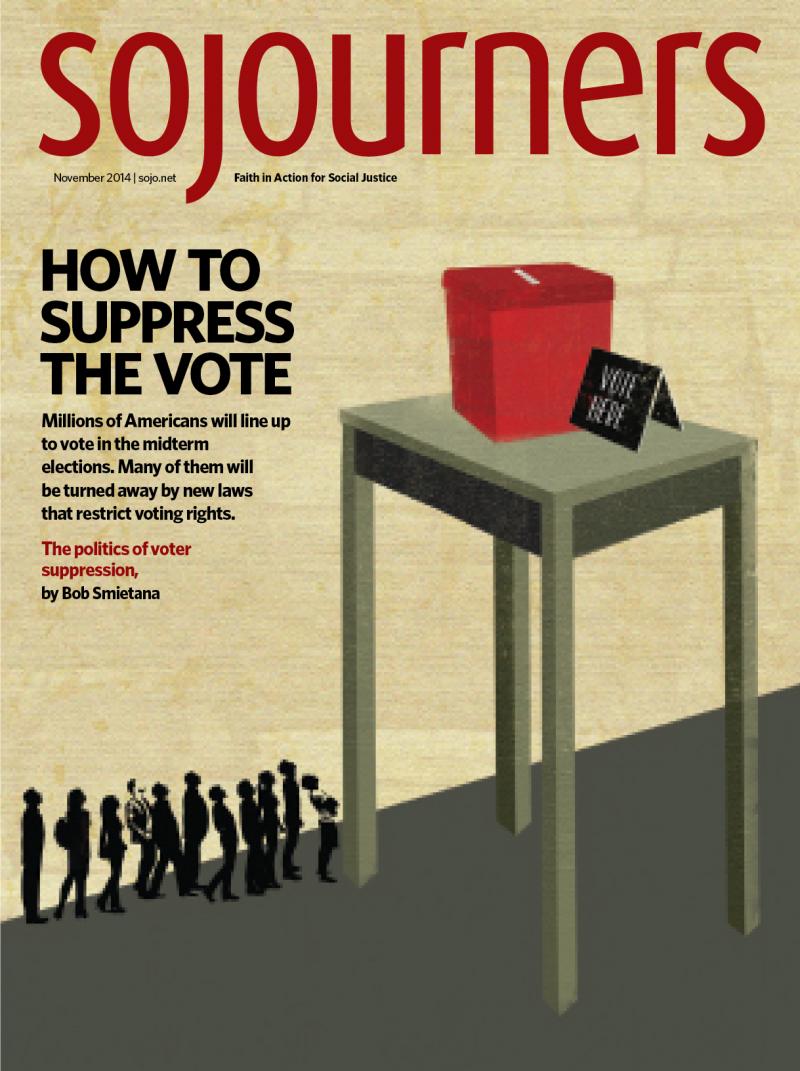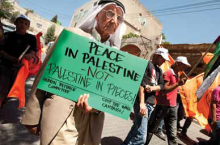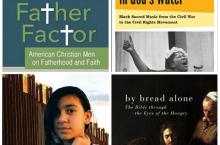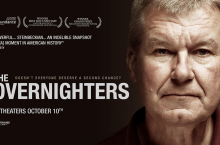
Sojourners Magazine: November 2014
At certain key points in history, often sparked by dramatic and sometimes violent events, oppressed and marginalized people stand up and declare, We’re fed up and we’re not going to take it any more.
Those liberating acts of defiance—which are usually met with brutal attempts at suppression—are often just a moment of protest, an expression of the usually hidden anguish and rage that soon fades back into the daily resentments of injustice.
But sometimes those moments become a movement, one that ignites not only hope but real, lasting change.
Whether the events this summer in Ferguson, Mo., and in the Gaza Strip will be the latter will only be known in retrospect. But in both places, the actions of supposedly powerless people issued a clear declaration: This shall not stand.
The one-sided massacre in Gaza—where almost 250 Palestinian civilians were killed for every Israeli noncombatant—was not a “victory” for anyone committed to a humane, just peace in the region, despite the self-serving declarations of extremists on both sides: the terrorists of Hamas, who fired thousands of rockets at civilian targets in Israel (injuring few but terrorizing many), and the government leaders of Israel, who also attacked civilian targets, despite their not-very-credible claims otherwise (injuring and killing many innocents, including hundreds of children—actions being investigated as possible war crimes).
Making sense of such events requires that we place them in their historical context, and that is exactly what our authors Ryan Herring, Lisa Sharon Harper, and Jonathan Kuttab do in their respective articles on Ferguson and Israel-Palestine. And that can be the beginning of the effort to turn a moment into a movement.
















